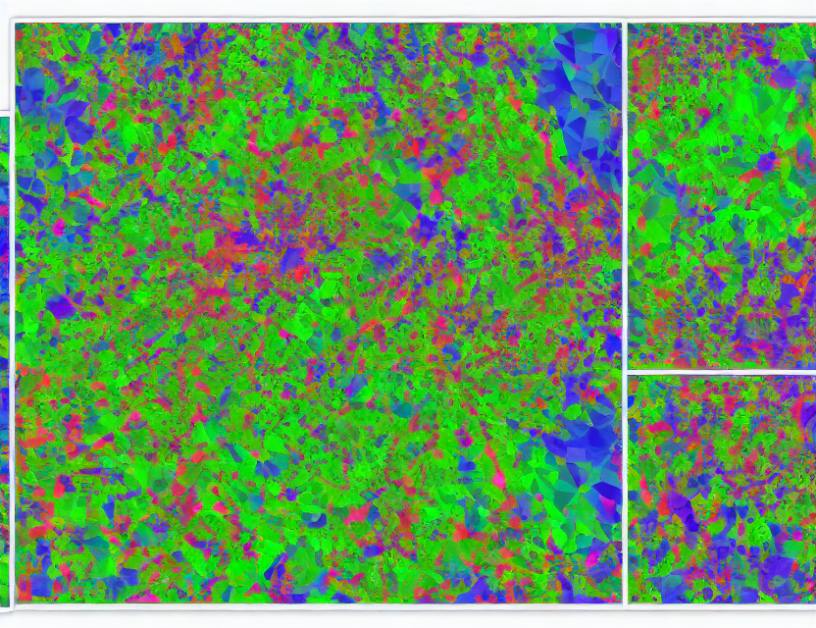Adversarial attacks on deep neural networks (DNNs) have gained significant attention in recent years due to their potential to deceive DNNs with minor perturbations. These attacks are particularly concerning because they can be used to manipulate the predictions of DNNs in various applications, including medical diagnosis and autonomous driving. In this article, we will delve into the world of adversarial attacks, explaining the different types of attacks, their effects on DNNs, and possible countermeasures.
Types of Adversarial Attacks
There are several types of adversarial attacks, but we will focus on three commonly used techniques:
- Fast Gradient Sign Method (FGSM): This is a straightforward and computationally efficient approach that adds noise to the input image in the direction of the gradient of the loss function. The noise amount is calculated based on the sign of the gradient, which means that the attack is more successful when the gradient is larger.
- Basic Iterative Method (BIM): This method is similar to FGSM but iterates through multiple attacks until a successful misclassification occurs. BIM is more sophisticated than FGSM but also requires more computational resources.
- Universal Adversarial Perturbations (UAP): UAP is a novel approach that generates adversarial perturbations for any DNN task by optimizing a single neural network to cause misclassifications. This method is more effective and efficient than other attacks because it can be applied to various tasks with minor modifications.
Effects of Adversarial Attacks on DNNs
Adversarial attacks can have devastating consequences on DNNs, including: - Misclassification: The most obvious effect of an adversarial attack is misclassification, which can lead to incorrect predictions and decisions in various applications. For example, in medical diagnosis, a misclassified image could indicate the wrong disease, leading to incorrect treatment.
- Model Robustness: Adversarial attacks can expose the limitations of DNNs by demonstrating their vulnerability to minor perturbations. This can lead to a decrease in model robustness and confidence in the accuracy of DNN predictions.
- Attack Success Rate: The success rate of adversarial attacks can vary depending on the type of attack, the model used, and the complexity of the perturbation. Higher success rates indicate more effective attacks that can cause misclassifications with minimal perturbations.
Countermeasures against Adversarial Attacks
Several countermeasures have been proposed to mitigate the effects of adversarial attacks on DNNs, including: - Data Augmentation: This technique involves generating additional training data by applying transformations to the existing data, such as rotation, scaling, and flipping. Data augmentation can improve the robustness of DNNs by exposing them to a wider range of inputs.
- Adversarial Training: This approach involves training DNNs on adversarial examples generated using various attack techniques. By doing so, DNNs can learn to be more robust against attacks and improve their generalization capabilities.
- Input Preprocessing: Applying certain preprocessing techniques to the input data, such as normalization or feature scaling, can help reduce the effectiveness of adversarial attacks.
Conclusion
Adversarial attacks on deep neural networks have become a significant concern in various applications, including medical diagnosis and autonomous driving. Understanding the different types of attacks, their effects on DNNs, and possible countermeasures is crucial for developing robust and accurate models. By applying techniques such as data augmentation, adversarial training, and input preprocessing, we can improve the resilience of DNNs against adversarial attacks and enhance their performance in various applications.



